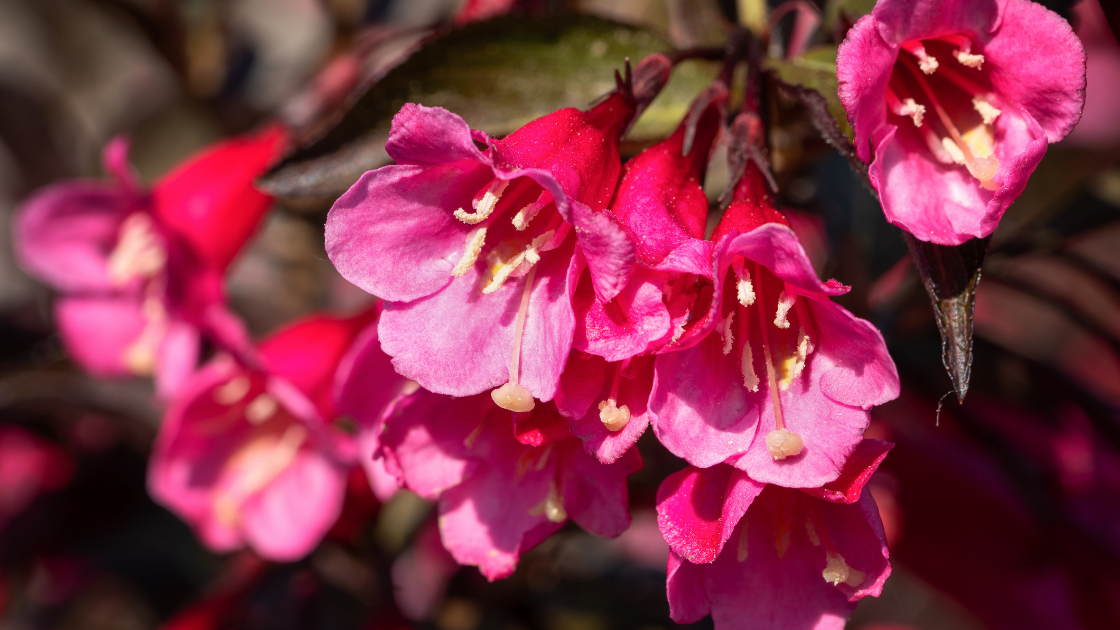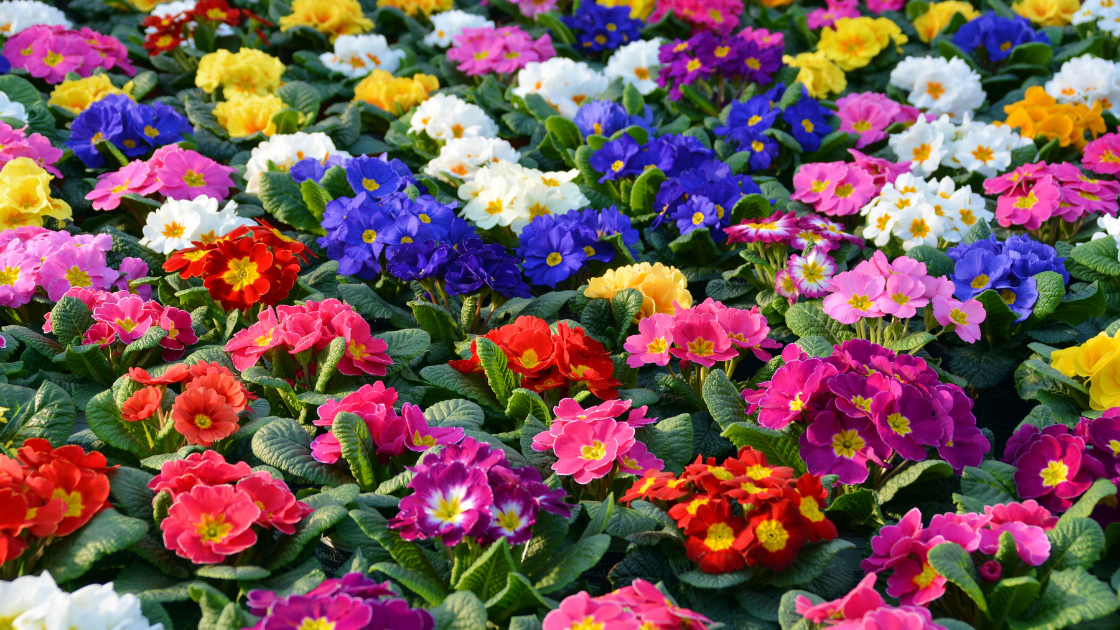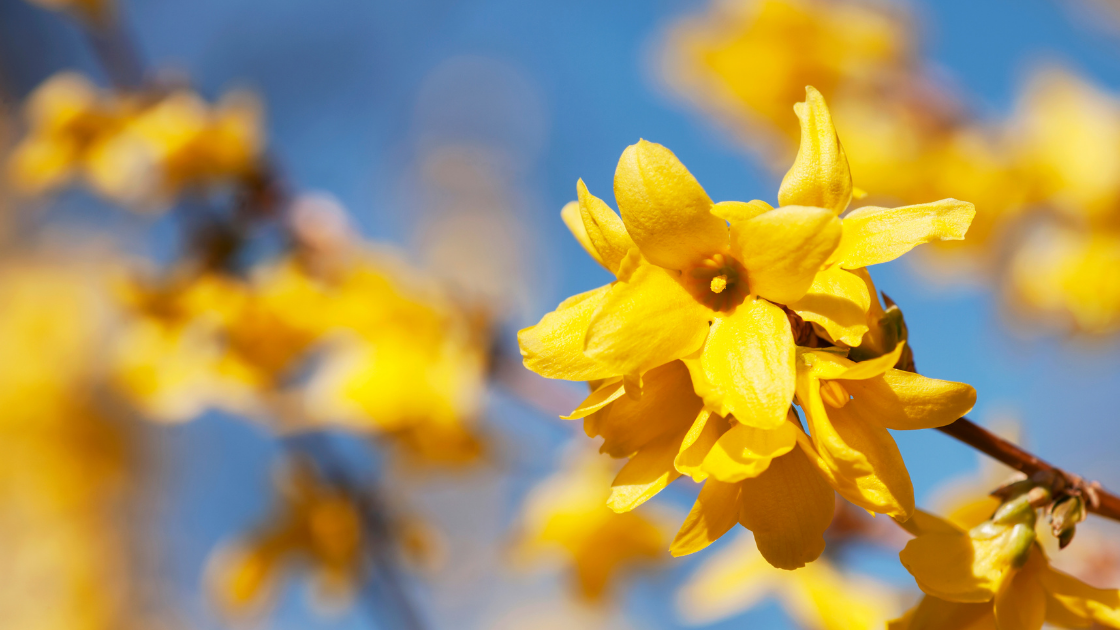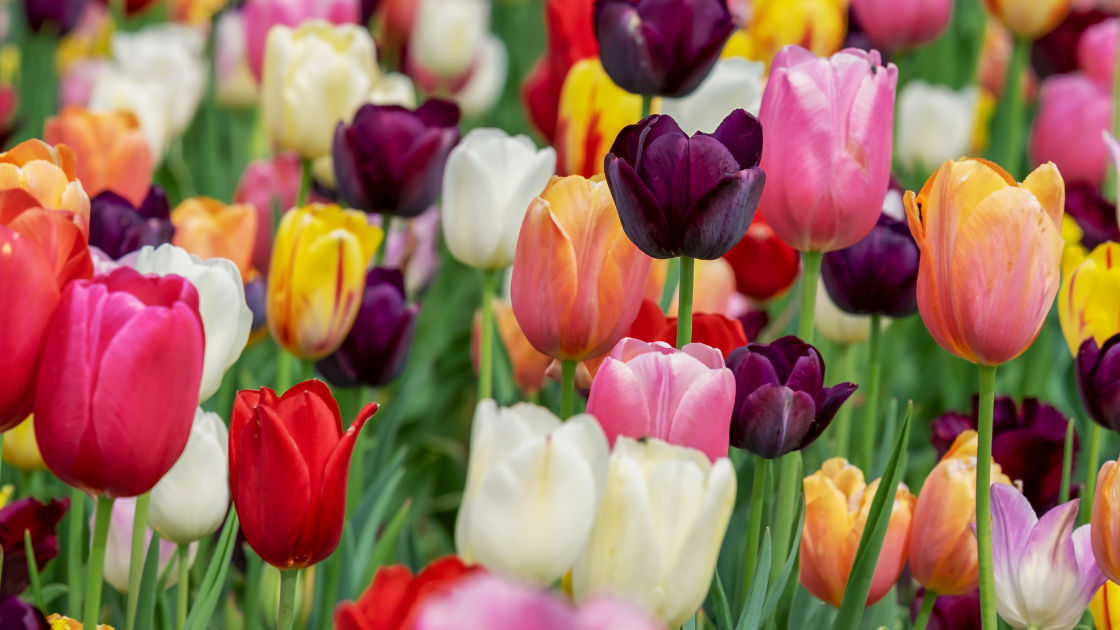Springtime is the best time for planting flowers as the temperatures are getting warmer. Growing the plants early enough ensures they have enough time to bloom and survive even in the fall season. The following are some of the best flowers to plant in early spring:
1. Crocuses

These hardy bulbs are a classic herald of early spring. Crocuses will often pop up when snow is still on the ground. With narrow and grass-like foliage, Crocuses grow rapidly, forming carpets of color over the years and growing even where you did not plant them. Plant your on slightly acidic soil and partly shady areas, but with full sun. Good drainage is also essential for crocuses to bloom. These flowers are available in shades of purple, orange, pink, white, and yellow.
2. Snowdrops

A snowdrop is a very early bloomer that often grows with the hellebore and crocus. Snowdrops have thick, fleshy grass-like leaves and drooping, white, bell-shaped flowers with a splotch of green on the margin that resembles a tiny inverted heart. To grow snowdrops, you require organically rich and well-drained soil. Provide enough sun for the quick blossoming of the flowers. Well-taken care of snowdrops can grow up to 7 inches.
3. Daffodils

These sturdy, trumpet-shaped flowers are best known for their classic bright yellow color. Often interplanted with snowdrops, hyacinths, and tulips, daffodils come in many different varieties. The ideal conditions for planting daffodils are enough sunlight and organically rich soil with a neutral pH and good drainage. The foliage of this sturdy plant consists of narrow and strap-like leaves.
4. Weigela

These deciduous species of plants have pretty pink-and-white trumpeting flowers, which bloom profusely in early spring. They bloom most when exposed to plenty of sunlight, though they can also tolerate partial shade and will rebloom in summer and fall. They look beautiful in a front garden surrounding an entryway or porch.
5. Primroses

These low-care perennials often bloom when snow is on the ground. Primroses appear in early spring in a rainbow of colors, including white, canary yellow, deep purple, and pink.
6. Forsythia

Forsythia is a tall, deciduous shrub with slender, arching branches dotted with bright yellow blossoms. These flowers spring directly from the stems, nodding their star-shaped yellow heads before most other blooms have awakened, and their narrow elliptical leaves sometimes appear before the flowers fall. The leaves may turn bronze during fall. Right after flowering, you need to trim the older flowers to make room for the next year’s budding. Forsythia is attractive for lining fences and walkways, especially with bright bulbs and perennials in the foreground.
7. Tulips

Tulip bulbs are technically a perennial, but they often fade after the first year, so they are treated as annuals and planted every year. Likewise, this means they are ideal for an early spring plant overhaul. Unfortunately, tulips are also prone to attack by rodents, so plant them in pots where rodents cannot dig or layer them underneath less tasty bulbs such as daffodils.
Whether you want to incorporate early spring flowers into existing gardens or give them new spaces of their own, it is good to plant them early enough and under their required growing conditions.
